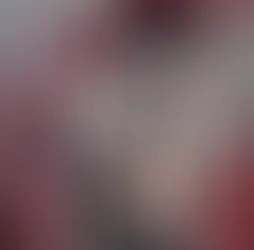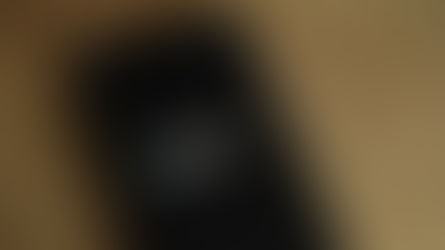Artificial Intelligence in Art – Latest Highlights and Debates
- Jul 2
- 2 min read
At Știrinoi.com, we explore how artificial intelligence is transforming the art world—from creation and restoration to authentication and copyright. We spotlight the most recent developments: tradition meets technology, sparking innovation and controversy alike.

1. Cultural Restoration through AI
Kazakh turned to digital, Almagul Menlibayeva works with AI to reconstruct suppressed nomadic heritage and censored events. Using Stable Diffusion, she revives lost visual memories, underscoring AI's power to preserve cultural narratives.
2. AI Artist Residencies
Residencies like Mila’s AI program provide spaces where artists explore new creative and legal frontiers, debating ethics and authorship .
3. Copyright Showdown
Disney and Universal sued Midjourney over unlicensed use of iconic IP . This case could reshape how AI art must handle rights and licensing in the future.
4. Advocacy from Tech Leaders
OpenAI CEO Sam Altman defends creative tools, stating that AI democratizes art: “a net win for society,” despite cultural backlash .
5. Artist vs AI Market Tensions
Christie’s AI art auction sparked protests from over 3,000 artists, calling attention to the displacement of human artistry .
Interesting Facts
An AI-generated painting sold for $432,500 at Christie’s; the AI art market may soar to $40.4B by 2033 .
Around 29% of artists use AI and 70% believe original work should earn royalties .
Racial and gender bias in AI visuals remain persistent problems .
AI accelerates art restoration—what took 200 hours digitally is done in a few .
Dataland, LA’s first AI art museum, opens in 2025 thanks to Refik Anadol .
Opinions
Menlibayeva frames AI as a way to “humanize technology” through memory-imbued art .
Residencies are critical spaces to pursue thoughtful creative practice in AI .
Hollywood’s lawsuit pushes for enforceable licensing in the AI era .
Altman’s stance emphasizes widespread access as a cultural good .
Artists warn against losing human originality and the moral decay tied to replacing creative labor .
Conclusion
As Știrinoi.com reveals, AI in art isn’t simply a tool—it’s a catalyst redefining creativity, law, and value. Restoration, market dynamics, legal battles, cultural productions, and ethical challenges—all converge in this new artistic frontier.
















































































































































Comments